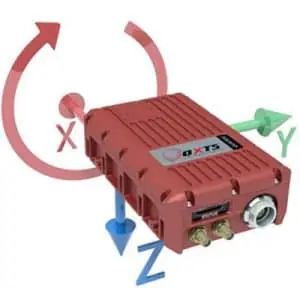 OxTS, a developer of inertial sensing solutions for UAVs (unmanned aerial vehicles) and robotics, has published an in-depth article explaining the operation of inertial navigation systems (INS), including their core components and the quantities measured.
OxTS, a developer of inertial sensing solutions for UAVs (unmanned aerial vehicles) and robotics, has published an in-depth article explaining the operation of inertial navigation systems (INS), including their core components and the quantities measured.
Read the full article on OxTS’ website here
The article covers:
- The difference between GPS and INS
- Stabilised and strap-down navigation computers in INS
- Frames of reference and measurements in 3D space
- Accelerometers and the measurement of proper acceleration
- Gyroscopes and MEMS angular rate sensors
- Dead reckoning and combining accelerometer and gyro measurements
- How drift accumulates in INS
Inertial navigation systems use multiple inertial sensors to calculate the position, orientation, and velocity of a moving object, and are a core component of many unmanned systems, including UAVs, drones, UGVs (unmanned ground vehicles) and UUVs (unmanned underwater vehicles). To find out more, read the full article on OxTS’ website.


















